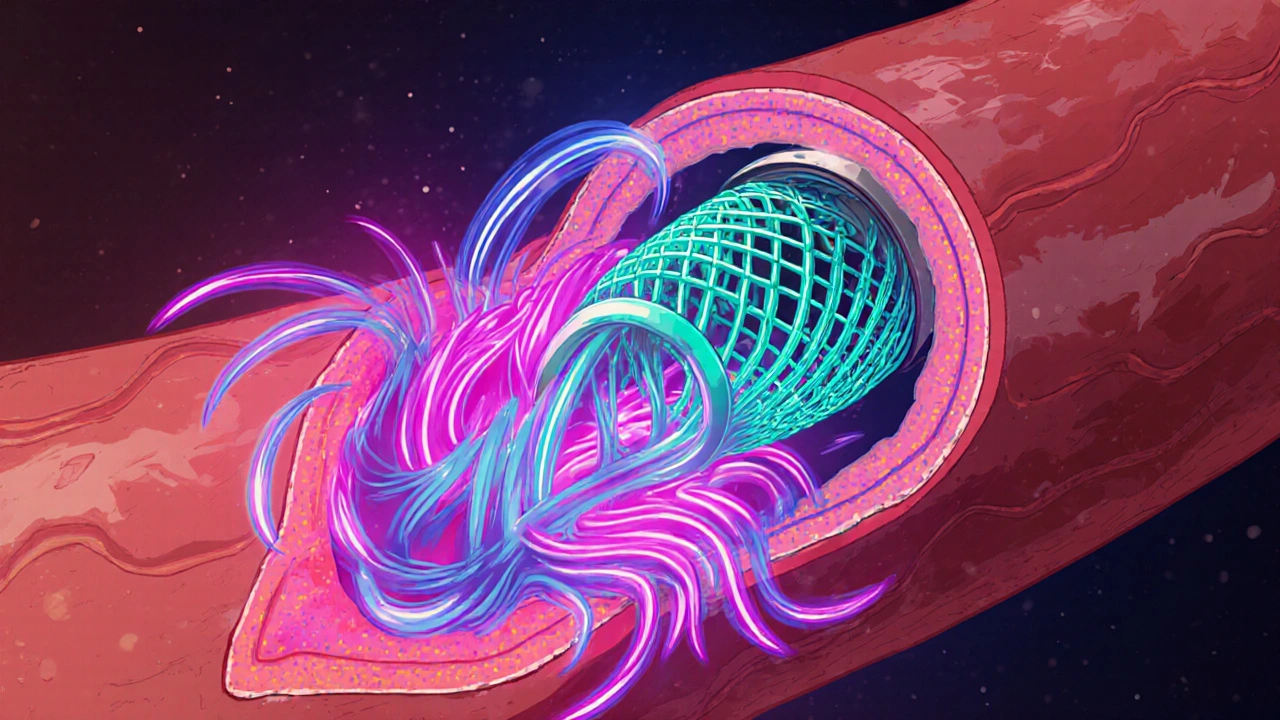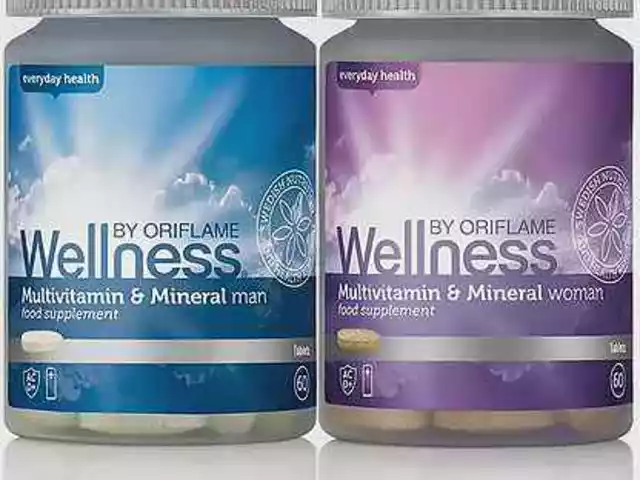Stents: What They Are, How They Work, and What You Need to Know
When your arteries get clogged with plaque, your heart doesn’t get the blood it needs. That’s where stents, tiny mesh tubes inserted into blocked blood vessels to keep them open. Also known as vascular stents, they’re one of the most common treatments for heart disease and other circulatory problems. Stents aren’t magic—they’re tools. They don’t cure the root cause of artery blockage, but they do restore blood flow fast, often during the same procedure that unclogs the artery: angioplasty, a minimally invasive procedure where a balloon is inflated inside a narrowed artery. This combo—angioplasty plus stent—is called percutaneous coronary intervention, a standard treatment for blocked heart arteries. You’ll hear it called PCI, or just "stent placement."
Not all stents are the same. Some are bare metal, others are coated with medicine to prevent re-blocking—those are called drug-eluting stents. The choice depends on your health, how bad the blockage is, and your doctor’s judgment. Stents aren’t just for hearts. They’re used in neck arteries to prevent strokes, in leg arteries for poor circulation, and even in bile ducts or ureters. But when people talk about stents, they’re almost always talking about heart arteries. That’s where the biggest impact is. After getting a stent, you won’t feel like you’re back to normal right away. Recovery takes time. You’ll need to take blood thinners—usually aspirin and another drug like clopidogrel—for months, sometimes years. Skipping these pills is risky. Clots can form around the stent, and that can trigger a heart attack.
Stents work, but they’re not the only option. For some people, lifestyle changes and meds alone can manage the disease. For others, bypass surgery might be better, especially if multiple arteries are blocked. The decision isn’t just about the stent—it’s about your whole health. That’s why the posts here cover related topics like calcium and phosphorus imbalances that affect artery health, how medications interact with stent recovery, and what natural approaches can support vascular function. You’ll find real comparisons between treatments, advice on managing side effects, and stories from people who’ve been through it. This isn’t just about the device. It’s about what comes before, during, and after. Whether you’re considering a stent, just had one, or are helping someone who did, the info below gives you the practical, no-fluff details you need to understand what’s really going on.
 21 October 2025
21 October 2025
How High Blood Pressure Increases Risk of Blood Clots in Stents
Learn how high blood pressure raises the risk of blood clots in coronary stents, the underlying mechanisms, clinical data, and practical steps to lower that danger.
Latest Posts
-

10 Reasons Why Equol is the Must-Have Dietary Supplement for Optimal Wellness
-

Cost Savings from Generic Combinations: How Switching to Lower-Cost Generics Saves Money Without Losing Effectiveness
-

Depakote: Uses, Side Effects, and Essential Information for Patients
-

Trazodone vs. Alternatives: Which Sleep Aid Is Right for You?
-

Kathmandu Pharmacy Raid Reveals Hidden Illegal Drug Trade

11